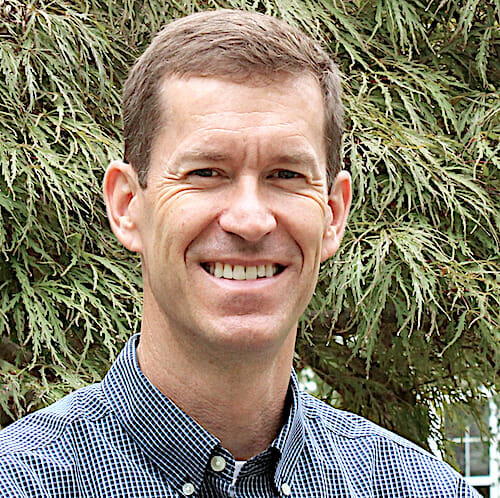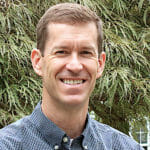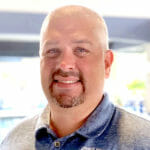
Physical distancing and social engagement are terms that don’t fit together very well in senior wellness, where creating opportunities for people to come together, laugh, learn and get moving is the model for aging success.
Yet for the past six months or so, senior wellness professionals have been asked to make this contradiction work by finding ways to keep residents apart and safe while connected and active.
It hasn’t been easy!
This pandemic has been an incredible challenge for everyone. Yet the determination we’ve seen from our team members, along with the commitment we all feel toward the residents and families we serve, is like a battery that re-energizes us whenever our spirits start to flag.
Looking for the silver lining
And there are silver linings. The most significant one? Technology.
Using online and virtual tools to reach more people was a conversation we had been having for years. Within the span of a few weeks, COVID-19 pole-vaulted us toward that goal. Learning as you go on new platforms has created some stressful moments. It takes specialized skills and time to use video and other technology tools. But we have received nothing but understanding and support from residents. We are all doing our best.
And using virtual tools has some real advantages. No meeting space is required, they’ve brought some amazing online resources and new skills to some residents, and many associates are enjoying sharing their talents in video recordings.
Since mid-March, we’ve recorded hundreds of fitness classes across the Asbury organization and become “experts” at live video productions. More than we ever have before, we are leveraging the human and technology resources from all of our communities to enrich each other’s offerings.
We’ve purchased backdrops and video equipment to create our own variety and talk shows. We are using email to share everything from brain games to wellness bingo cards to virtual cruises with daily ports of call.
Customization creates connection
Besides creating our own video content, we’ve also added weekly movies and interesting websites for online learning to our in-house web portals and channels. At first, we thought this effort might be a waste of resources, given that everyone can stream and be online 24/7. But residents were clear that they wanted our customized programming. Why? It’s personal and provides the community experience we are all missing.
People still are hungry to keep that connection to each other and to us. We hear from residents after our classes, commenting on something we’ve said or done.
Rebuilding as restrictions ease
We don’t want to paint an overly rosy picture of the very real challenges that COVID-19 is bringing to senior living’s ability to deliver on one of its key benefits – fostering more engaged and more active living as we age.
We know we are going to have to take a few steps back and rebuild the strength of those people who have not been exercising online with us or on their own. But we also have been able to reach people who didn’t come to our classes in person yet are happy to join in from their living room or kitchen. And we’ve actually seen attendance gains in some classes and events.
We remain concerned about community members who did not have strong social networks before COVID-19 appeared. Through surveys, phone calls and personal interactions, we are confident that residents with existing networks have continued to engage with them. But the residents who depended more heavily on the social interaction in our dining venues and attending community events are feeling the isolation. We’re still working out systems to identify and re-engage our more isolated individuals as we begin to slowly ease restrictions on gathering.
Our foundation held a 24-hour campaign in early March to raise funds for tablet computers to supplement our communities’ supply. They have been a lifeline in keeping residents who aren’t tech-savvy connected with family and friends. In one case, an associate took it upon herself to virtually reconnect a resident with a former graduate student he taught more than 30 years ago who is now living in Hawaii. These stories are inspiring.
We see virtual tools and broadcasts becoming a fixture and an expectation of the future, thanks to the pandemic – being able to provide residents with the choice of online or live. We are committed to adding to our virtual offerings even as we are slowly beginning to offer in-person classes and programs. And senior living will need to continue investing in the infrastructure and equipment required to do it well.
Even as we all look forward to connecting in person again, we’ve learned that having a rich library of customized online wellness content is an important way to expand the opportunity for all residents to belong and engage with their community.
We’d love to hear from our peers about their successes and experiences. Comment underneath this article or contact us at [email protected] and [email protected].
Dennis Poremski is director of wellness at Asbury Solomons, Solomons, MD. Justin Margut is director of wellness at Asbury Bethany Village, Mechanicsburg, PA.



